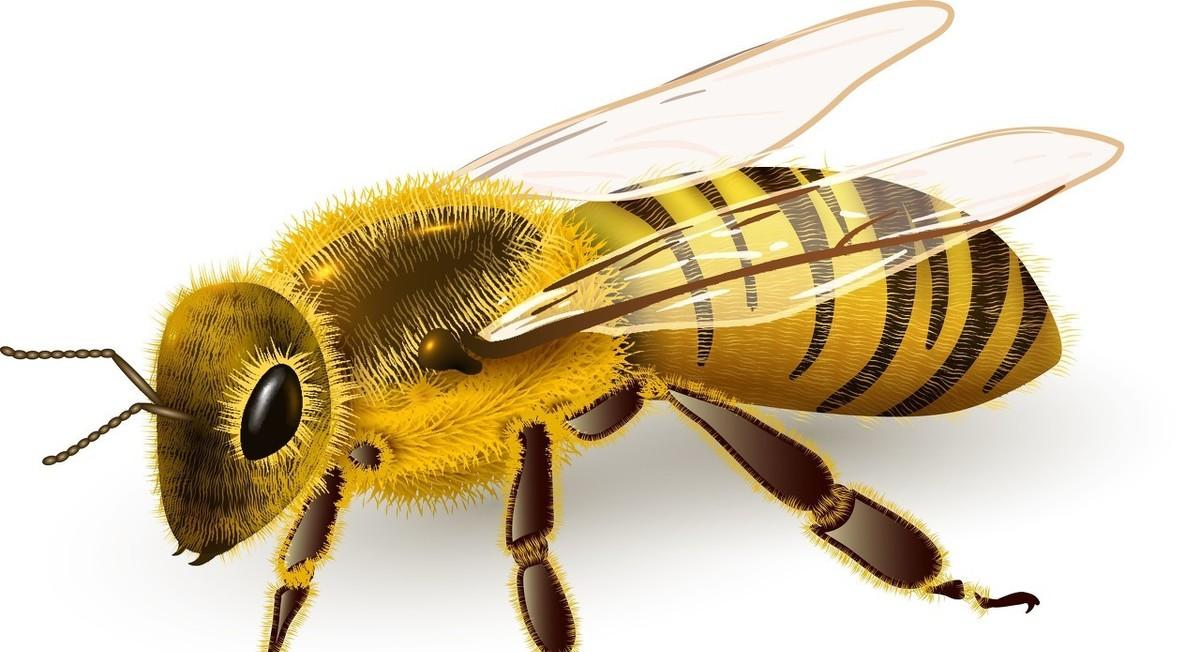
It's like a horror film depicting the insect world: deep in the Amazon rainforest of Ecuador, a newly discovered wasp can turn "gregarious" spiders into zombie-like machines, break away from the colony, and finally obey the wasps.
Researchers at the University of British Columbia (UBC) in Canada have discovered this creepy but real phenomenon. The study is the first to describe a manipulative relationship between a new species of wasp in the genus Zatypota and a social-living spider (Anelosimus eximius). It was recently published in the journal Ecological Entomology.
"Wasps manipulating spiders have been detected before, but none of them have reached such a level of complexity. This wasp not only targets a social spider, but also causes the manipulated spider to abandon its home, which is a rare phenomenon. Philippe Fernandez-Fournier, who holds a master's degree in zoology at UBC, said the lead author.
Fernandez-Fournier studies different species of parasites in the nests of spiders (Anelosimus eximius) in Ecuador. There are only about 25 species of spiders in the world that live in groups like this. They are all known for their gregarious lives, hunting together, co-rearing and rarely leaving their nests. Fernandez-Fournier noticed that some spiders, infected with the larvae of a parasite, would wander about a foot or two away from the gathering place and weave a dense web with spider silk and some leaves. "It's weird because they don't usually do it, so I started documenting the phenomenon," he says. Puzzled, Fernandez-Fournier carefully brought some of the structures known as "worm nets" back to the lab to see what would appear inside. To his great surprise, it was a wasp inside.
"These wasps look so elegant and generous, but they are really cruel species." Samantha Straus, ph.D. in UBC's Department of Zoology and co-author of the paper, said.
Using data from different projects collected in Ecuador between 2012 and 2017, the researchers began to construct the life history of wasps and their parasitic relationship with spiders.
Their findings were both magical and terrifying: the female wasp laid eggs in the spider's lower abdomen, and when the larva hatched from the eggs, attached to its hapless spider host. The researchers speculate that the larvae feed on the spider's lymph and grow gradually, eventually taking over the spider's body. The "zombified" spider gradually leaves the group, makes a cocoon for the larvae, and then patiently waits to be killed and eaten. After enjoying the spider, the larvae burrow into the cocoon that protects it, metamorphose after 9 to 11 days, and feather into adults.
In a similar parasitic phenomenon, wasps are used to live solitarily like the Round Spider family and manipulate them to exhibit normal behavior.
"This manipulation of behavior is so hardcore (and very difficult) that wasps, like hackers, completely hijack the spider's brain and behavior, causing it to do something that wouldn't normally be done." For example, abandoning homes and building a completely different structure. For these little spiders, this is quite dangerous. Straus said.
It's unclear how wasps do it, but scientists believe it may be due to the fact that wasps injected the spiders with certain hormones and made the spiders feel like they were at another stage in their life history, or whether those hormones directly drove them out of their nests.
"We think wasps choose these gregarious spiders because they can provide a stable host and food source. We also found that the larger the spider colony, the easier it is to be selected by wasps. Straus said.
Straus had a wasp tattoo on himself and he would return to Ecuador. Continue to study whether wasps will return to the same colony for parasitism from generation to generation, and what kind of evolutionary advantage this will bring. At the same time, these wasps will continue to play the protagonist in the spider's nightmare.
Compiler: Pan Han Reviewer: Sanshui Editor-in-charge: Tang Linfang
Journal Source: Ecological Entomology
Original link: https://scienceblog.com/504506/newly-discovered-wasp-turns-social-spiders-into-zombies/
The content of the Chinese is for reference only, and all contents are subject to the original English version.